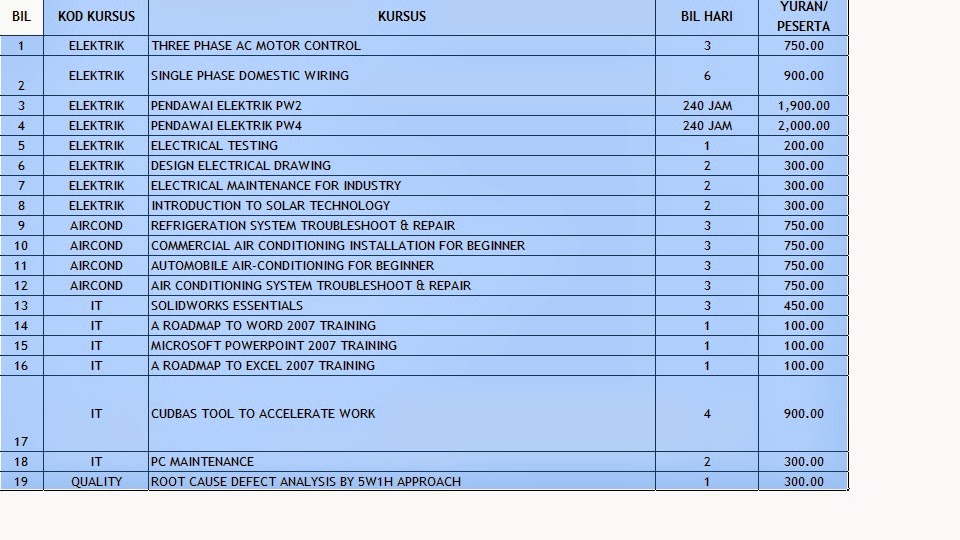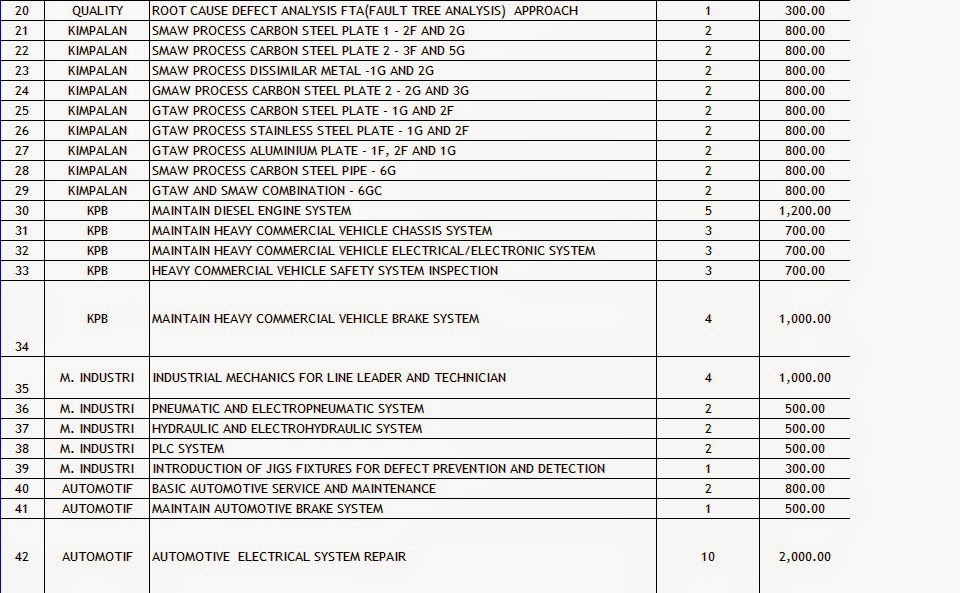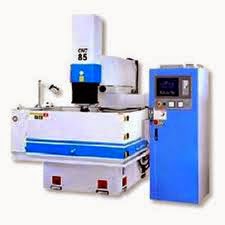Introduction
A programmable logic
controller or PLC is used for the purpose of controlling devices in an
automated system. PLC receives signals from input devices and generates signals
to output devices based on the program stored in the PLC memory. The ability to
program a PLC is extremely useful for engineers or technicians especially those
who are responsible for operating and maintaining an automated systems. This
course introduces the participants to basic PLC programming. Participants will
learn the principles of PLC and they will practice creating simple projects
that use PLC for control purposes.
Target
Group
This course is
suitable for individuals who want to learn the fundamentals of PLC. The main purpose
of this course is to give the participants a basic understanding of PLC
including its principles, components and programming.
Prerequisites
This course is an
introductory course, therefore prior knowledge of PLC is not required to enroll
in this course.
Objectives
Upon completion of
the course, the participants should be able to:
a) Explain the basic
principles of a PLC
b) Assemble simple
system setup with PLC, input devices and output devices.
c) Create ladder
diagram.
d) Troubleshoot
problems in physical circuit using ladder diagram.
Content
1.
Introduction
a.
History & background
b.
Principles of operation
c.
Commonly used PLC systems
d.
Key points to know when using PLC
2.
PLC Components
a.
Controllers
b.
Hardware
c.
Internal architecture
3.
Input & Output Devices
a.
Input devices
b.
Output devices
c.
Examples
4.
Programming
a.
Ladder diagrams
b.
Logic functions
c.
Latching
d.
Multiple outputs
e.
Function blocks
5.
Using timers and counters
6.
Circuit wiring & simulation for simple programs
7.
Troubleshooting
Training
Method
Training will be
delivered through a combination between theoretical talk, demonstration and
practical lessons. A significant amount of time will be used by the
participants to experiment with creating programs for PLC application
Schedule
Day
1
08:30
a.m. Registration
09:00
a.m. Introduction
10:30
a.m. Break
11:00
a.m. Input & output devices. Key point to know
when
using PLC.
01:00
p.m. Lunch
02:15
p.m. Programming of PLC using console.
05:00
p.m. End of day 1.
Day
2
08:30
a.m. Practice using PLC and device
wiring
10:30
a.m. Break
11:00
a.m. Create, carry out a simulation and
wiring of basic
program
01:00
p.m. Lunch
02:15
p.m. Troubleshooting
04:00
p.m. Simple test. Q&A session
05:00
p.m. Closing ceremony
Course
Instructor
The instructor for
this course is Mr Khuzairi Mazelan. He currently teaches the Industrial
Mechanics Program at ILP Jitra. Mr Khuzairi has 10 years of experience in the
field of automation. Prior to joining ILP Jitra in 2004, Mr Khuzairi worked at
the Muar Industrial Training Institute for 3 years. Mr Khuzairi has formal
education in the field of industrial automation. He received a Higher National
Diploma (HND) in Industrial Automation & Robotics from University of Wales
College Newport in 2001. In addition, he also has a Level 3 National Skill
Certificate for Industrial Technician. At ILP Jitra, Mr Khuzairi specializes in
industrial automation technology including pneumatic, hydraulics and
programmable controller.
Contact
Person
To obtain more information regarding
this course, please contact Corporate and Lifelong Learning Section. (04- 9161926
ext 161 or 162). You can also send inquiries by email to bklh@ilpjitra.gov.my
Fees
Companies sending their employees to this course may apply for reimbursement from HRDF under the SBL scheme.
Companies sending their employees to this course may apply for reimbursement from HRDF under the SBL scheme.








